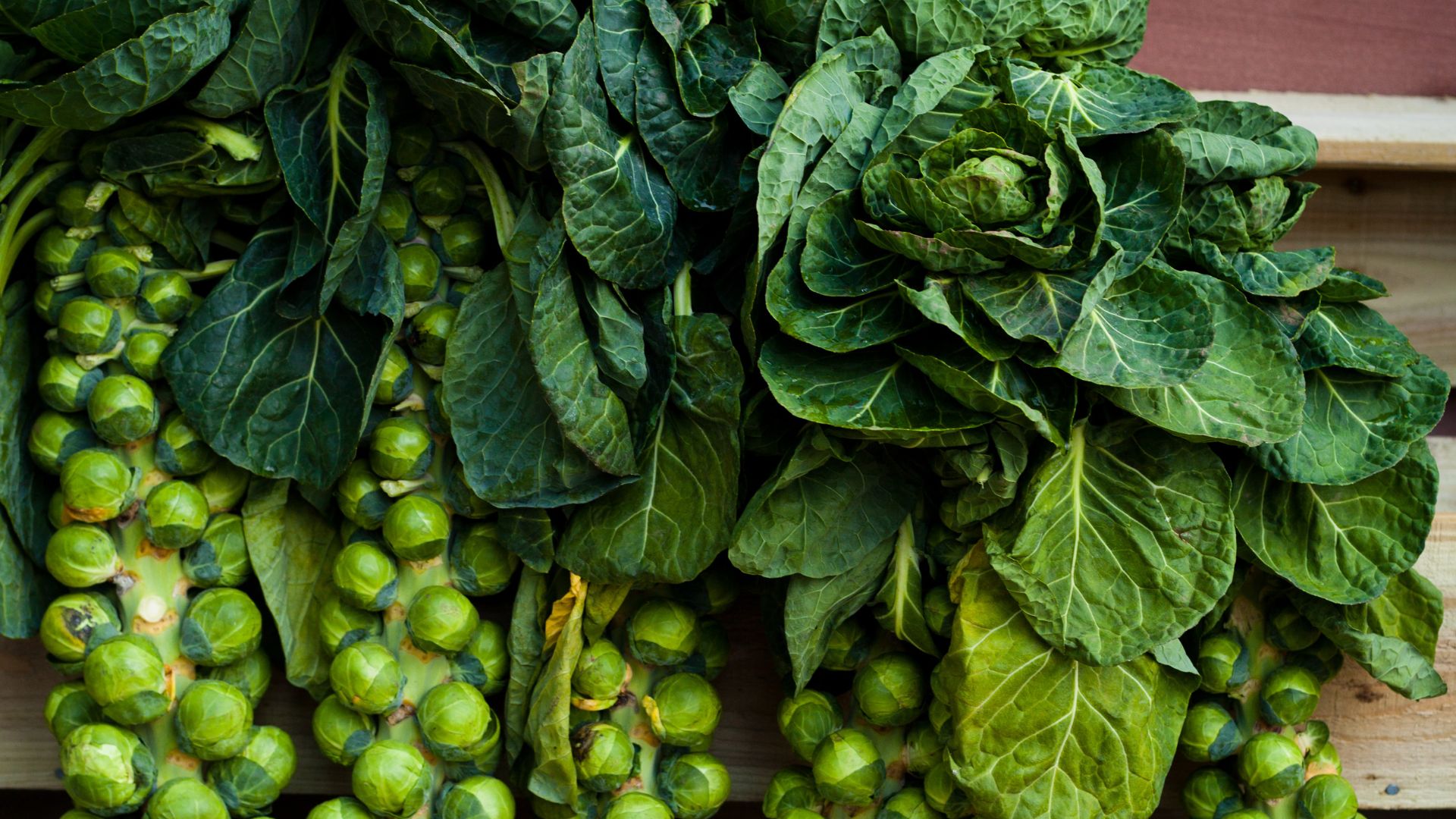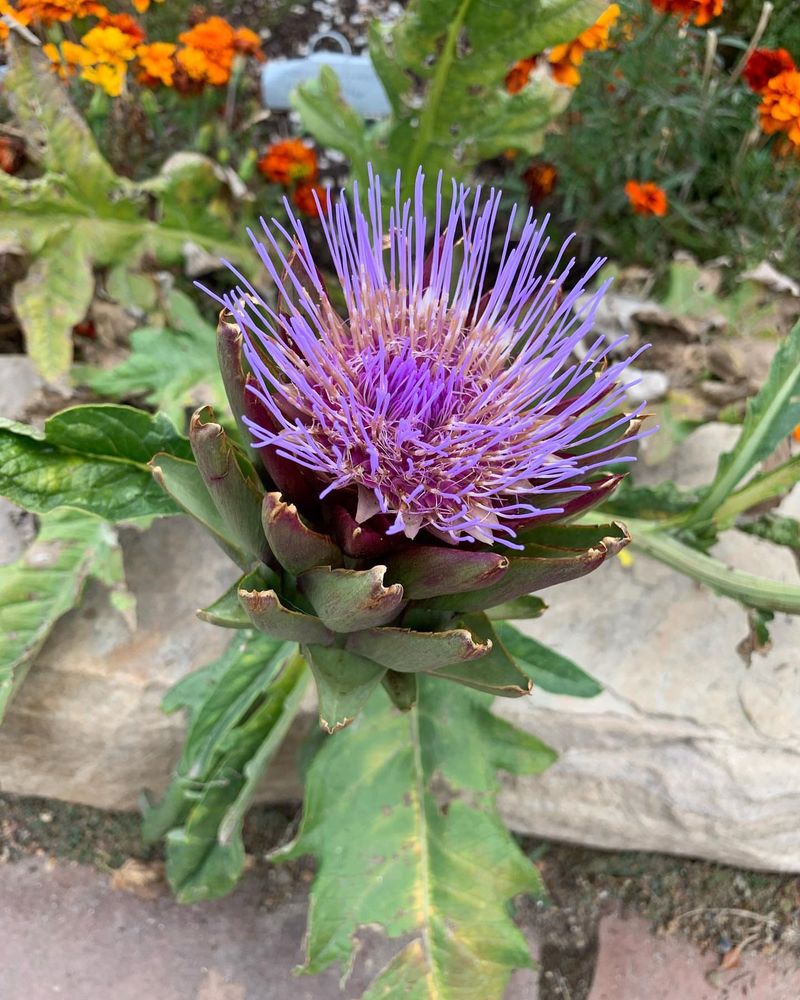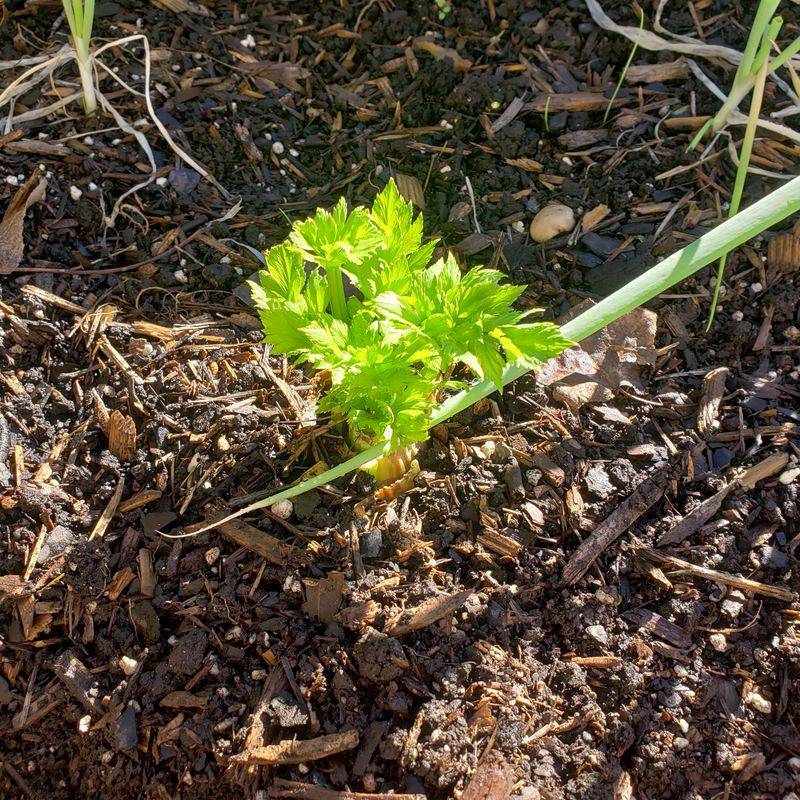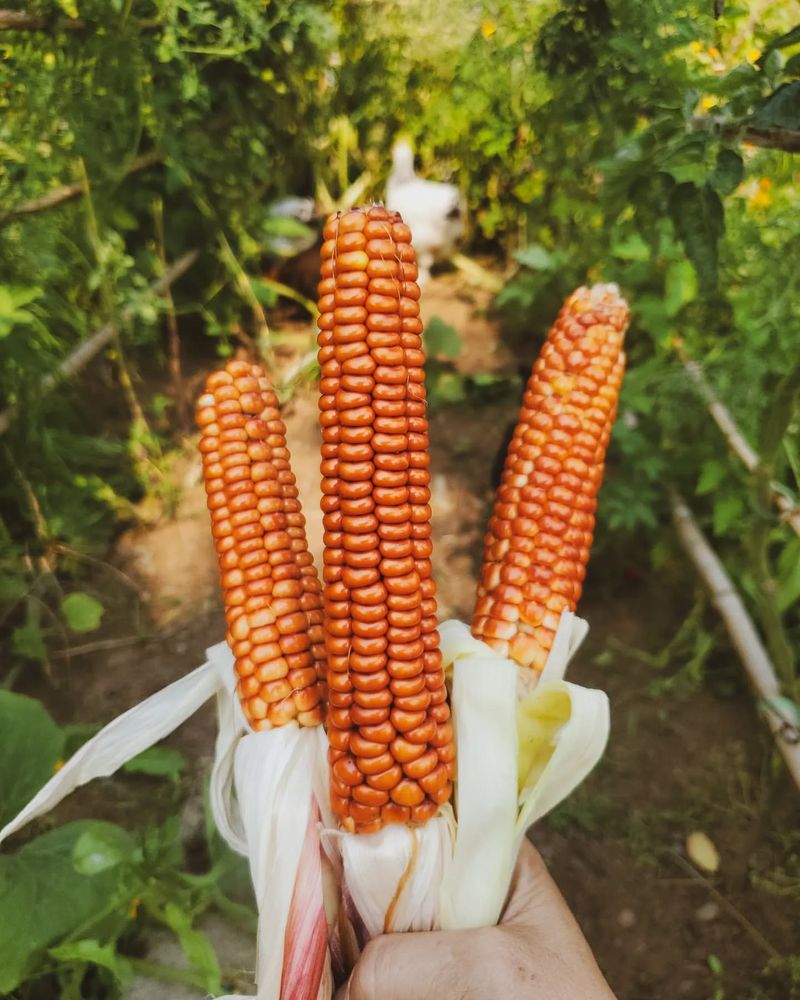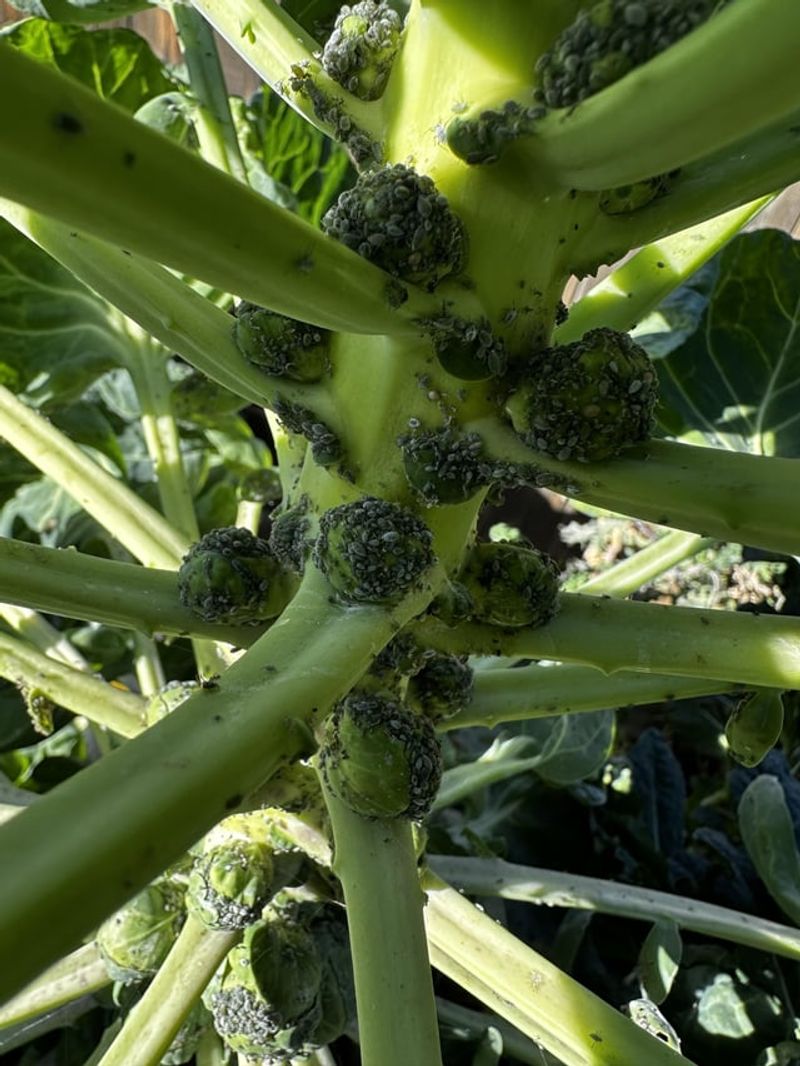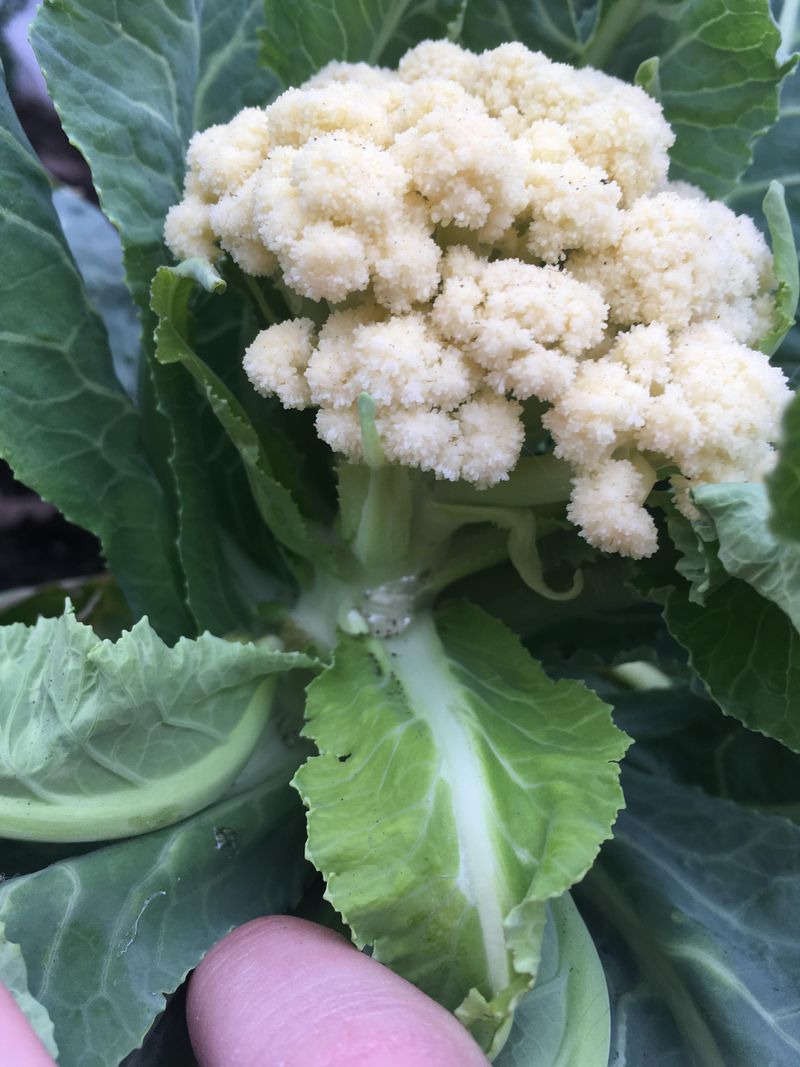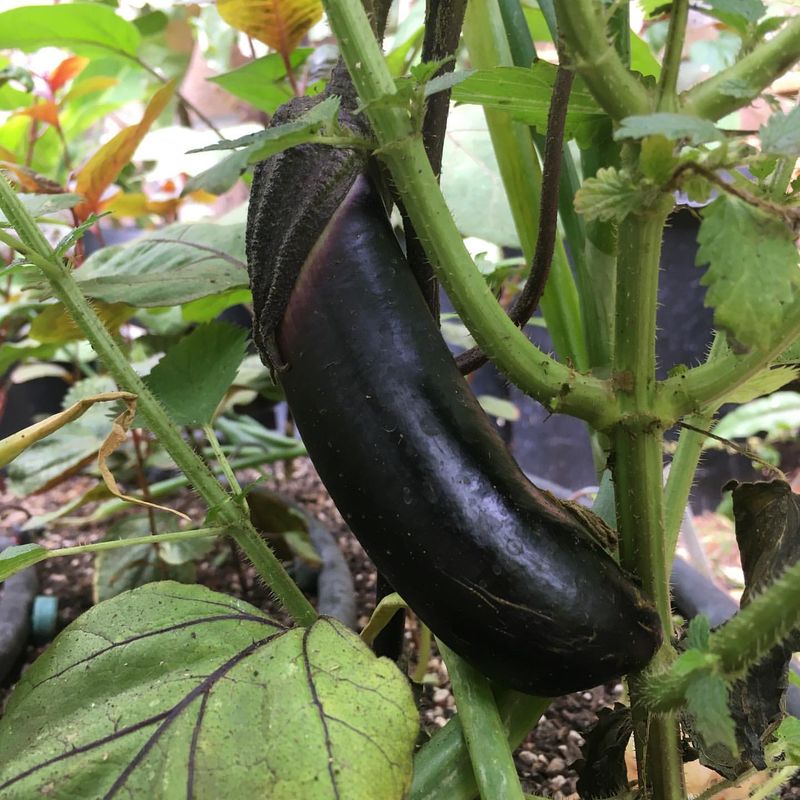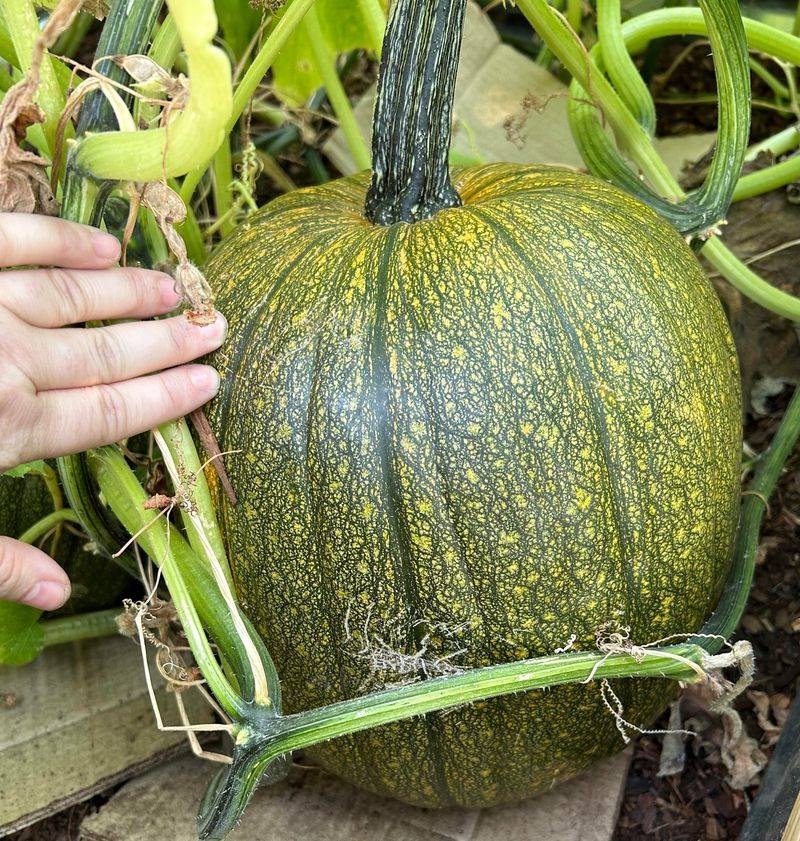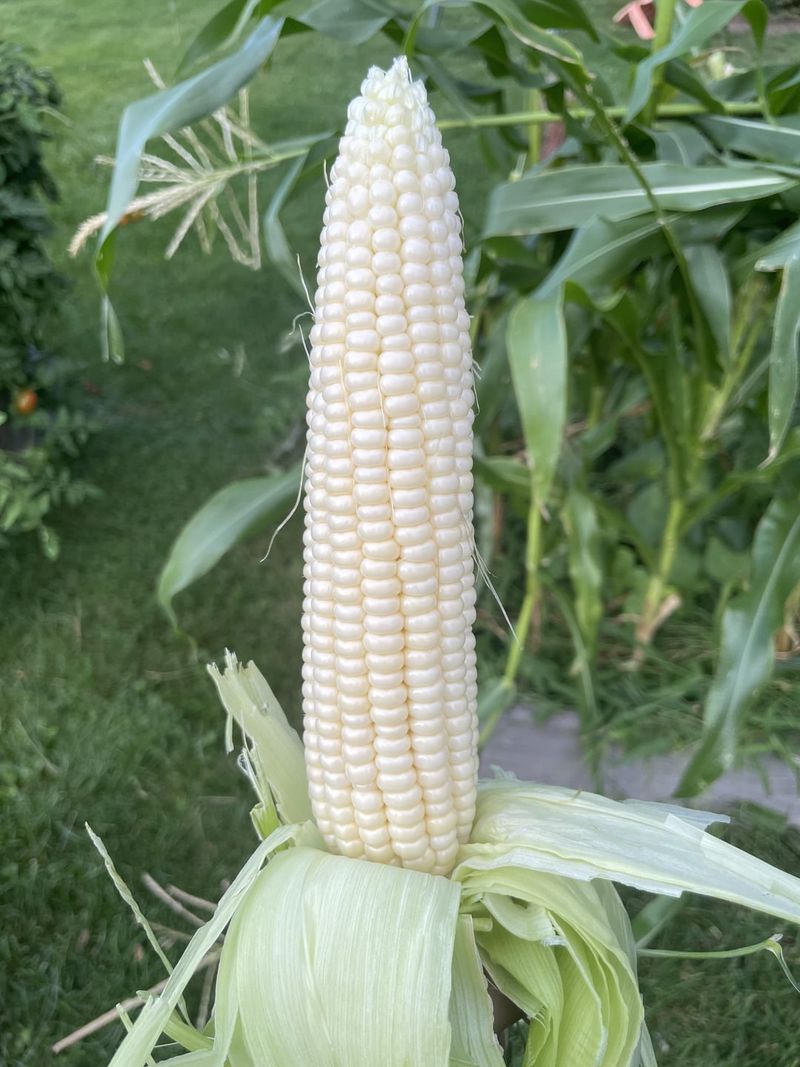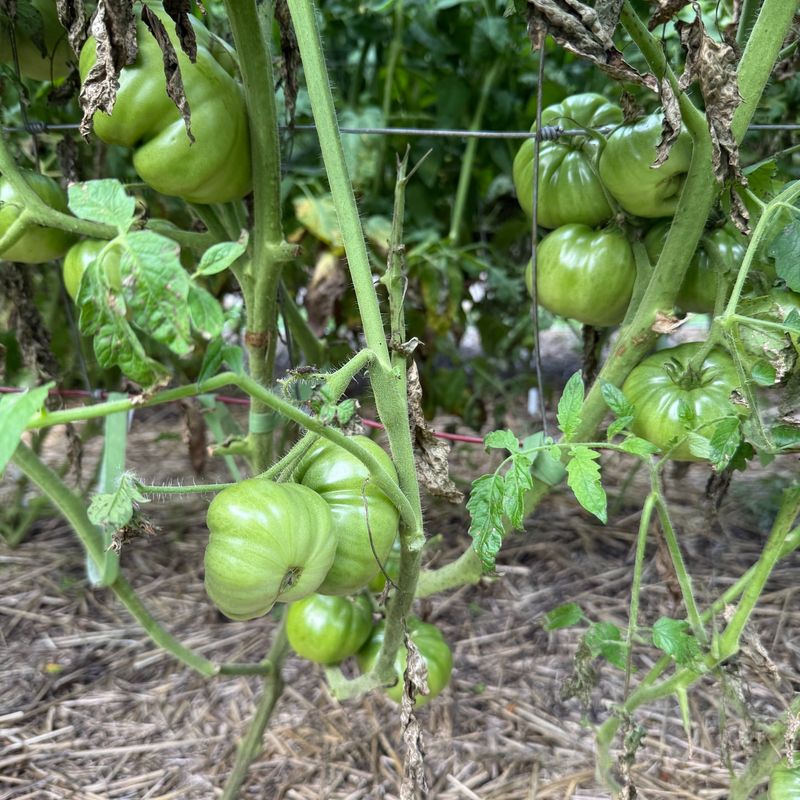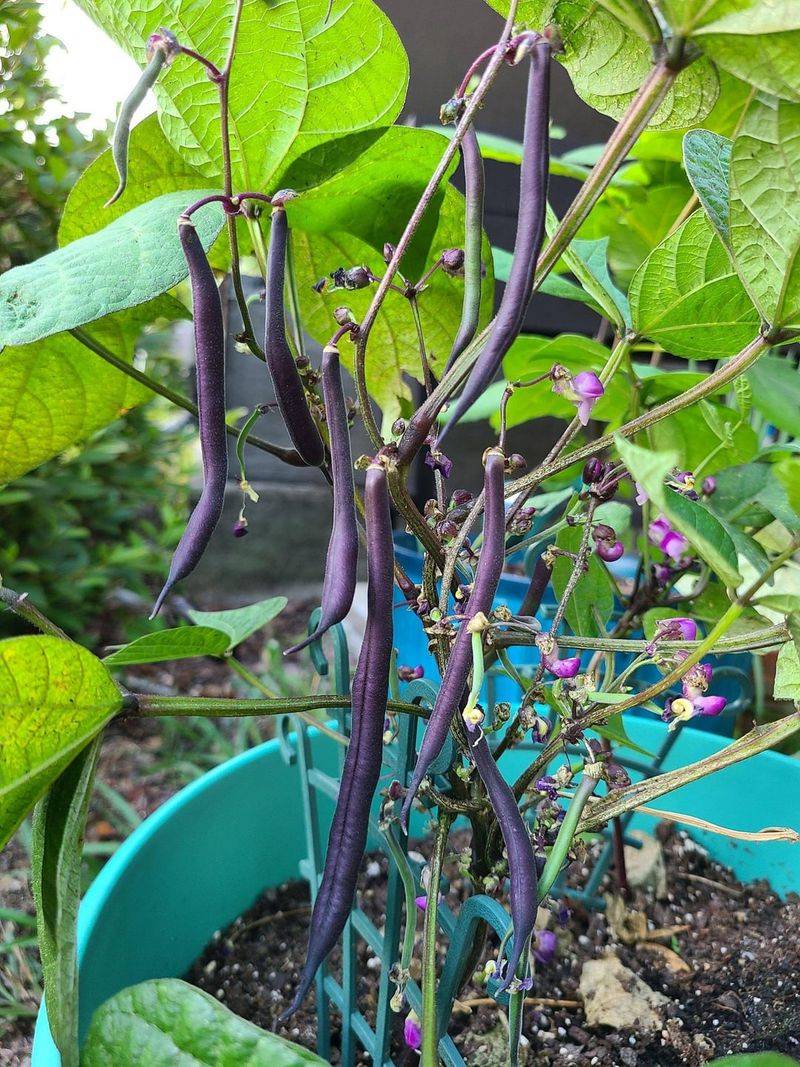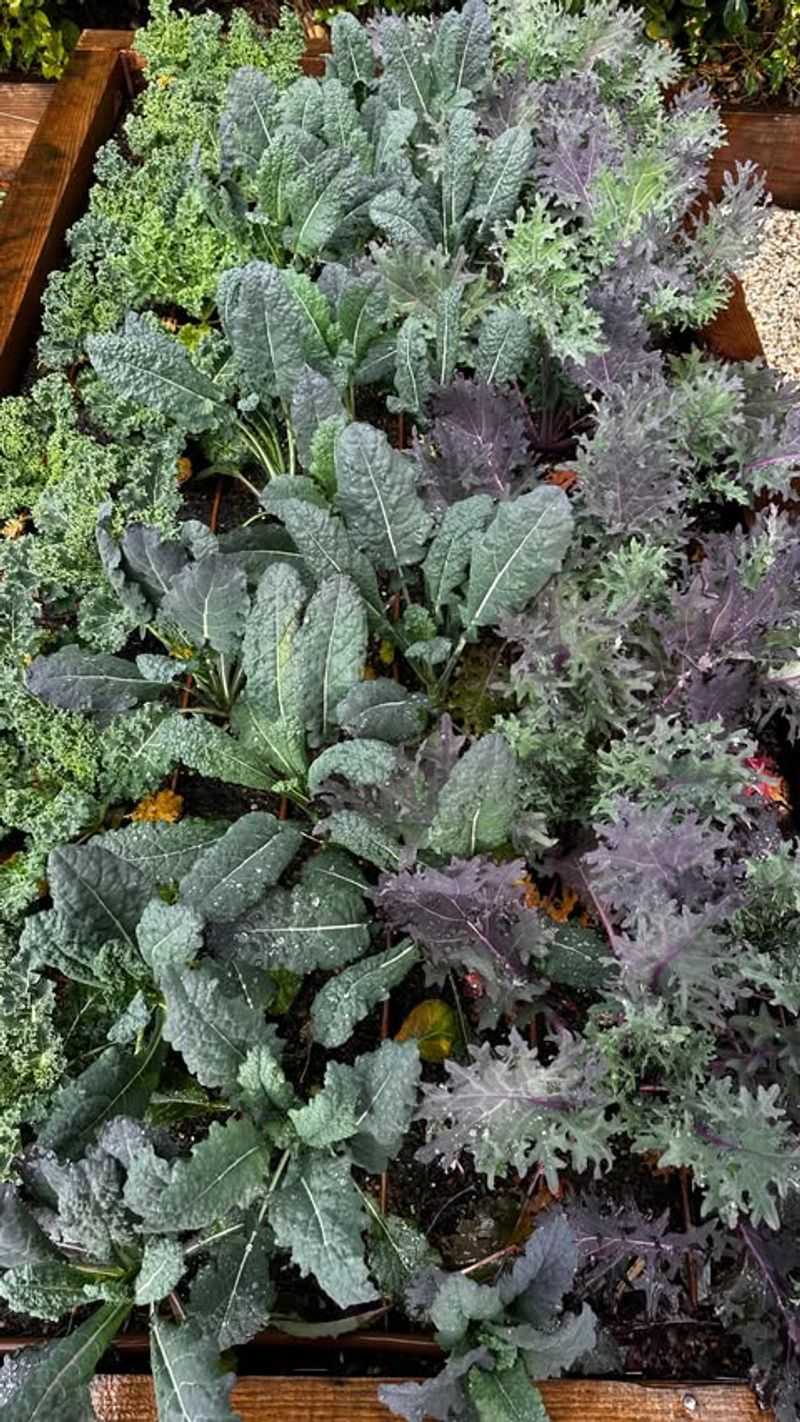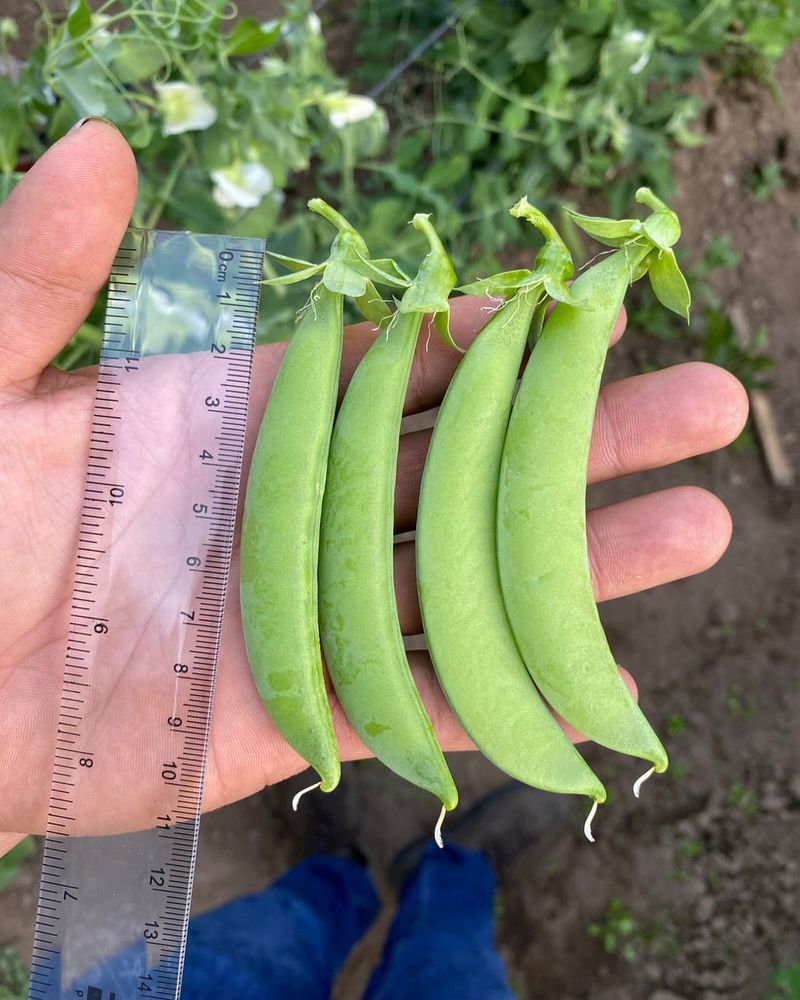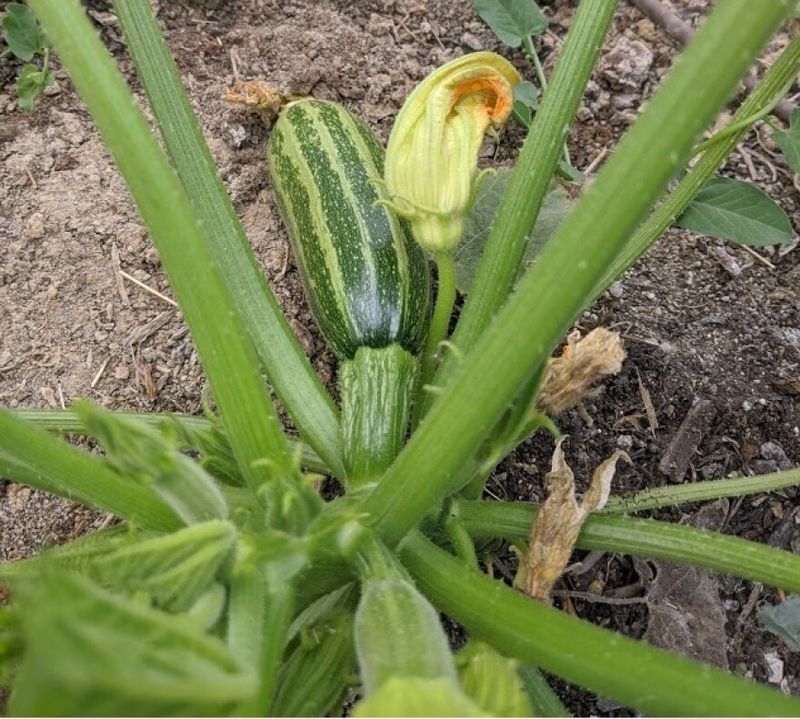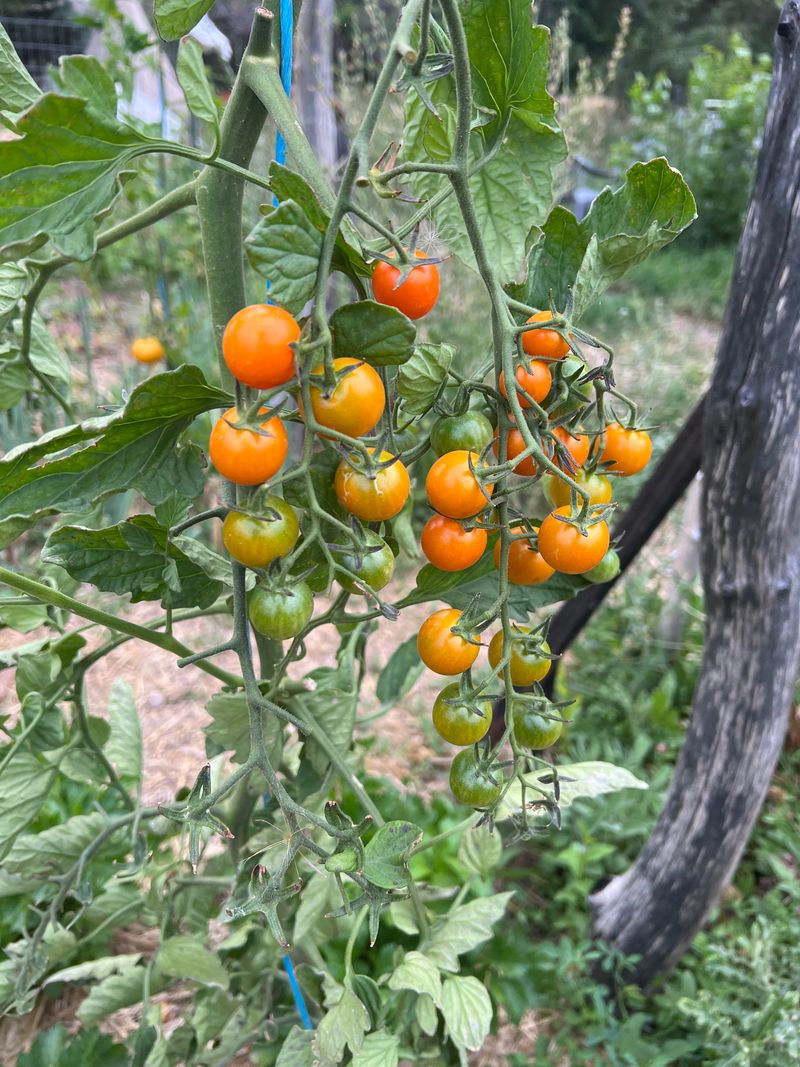Gardening in Colorado brings unique challenges that can make or break your vegetable patch. Our high altitude, intense sun, unpredictable spring frosts, and short growing season turn many common garden favorites into disappointments.
In my Fort Collins garden, I’ve discovered that not every seed packet belongs in our challenging climate. Between late May snowstorms and bone-dry August heat waves, I’ve watched promising seedlings struggle while others unexpectedly thrived.
Let me share the vegetables I’ve learned to avoid in Colorado gardens, plus 5 alternatives that consistently perform well even when mountain weather throws its worst at us. Some of these lessons I learned the hard way—either they never matured properly or the harvest simply wasn’t worth the trouble.
1. Okra
The hot, humid conditions okra craves simply don’t exist in Colorado’s dry climate. Even during our warmest months, nighttime temperatures drop too low for this Southern favorite to produce well.
I planted a row of okra last summer near Denver and watched the plants grow painfully slowly. By August, they had barely reached half their expected height.
Most Colorado gardeners find that okra produces too little, too late to justify the garden space. When the first fall frost hits—often in early October—plants are usually just beginning to set pods.
2. Sweet Potatoes
Sweet potatoes need 100-120 frost-free days and warm soil temperatures to develop properly. Most Colorado regions simply don’t offer this extended warm period, especially at higher elevations.
My attempt to grow them in Boulder County resulted in tiny, underdeveloped tubers despite using black plastic to warm the soil. The plants grew beautifully, but the harvest was disappointing.
Our cool nights slow down their growth significantly, and early frosts often kill vines before tubers reach maturity. Unless you’re in the warmest parts of the state, sweet potatoes typically frustrate rather than reward.
3. Artichokes
Growing artichokes in Colorado means fighting against their natural biennial cycle. Our winters are too harsh for overwintering, yet our growing season is too short for them to produce in a single year.
My experiment with artichokes in Fort Collins looked promising until September, but the plants never formed edible buds before frost. They need a longer period of warm weather than our climate provides.
Some dedicated gardeners try complicated overwintering techniques, but success rates remain low. For most Colorado gardeners, artichokes consume valuable garden space with little return on investment.
4. Celery
Celery demands consistent moisture and moderate temperatures—two things Colorado struggles to provide. Our dry air causes stalks to become stringy and bitter rather than crisp and sweet.
My celery attempt in Longmont resulted in thin, tough stalks despite constant attention to watering. The intensive irrigation required feels wasteful in our water-conscious state.
The plants also attract pests like earwigs and slugs, requiring even more management. When compared to other vegetables that thrive with less water and care, celery simply doesn’t earn its keep in a Colorado garden.
5. Long-Season Corn
Varieties of corn requiring 100+ days to maturity often fail to ripen before early fall frosts cut the season short. At higher elevations, where summer nights remain cool, development slows even further.
A neighbor in Summit County planted a long-season sweet corn variety, only to harvest immature ears with poorly developed kernels. The altitude extended the growing time beyond what our season could accommodate.
Many gardeners find themselves harvesting disappointingly starchy corn or losing their crop entirely to an early September frost. The shorter-season varieties simply make more sense for our climate challenges.
6. Brussels Sprouts
Brussels sprouts theoretically should do well here, but their extremely long growing season (100+ days) combined with our unpredictable fall weather makes them unreliable. They develop their best flavor after light frosts, but before hard freezes.
My attempt in Arvada produced beautiful plants but tiny, loose sprouts that never properly formed. Getting the timing right with our erratic fall temperatures proved nearly impossible.
Many Colorado gardeners find themselves with impressive-looking plants that produce disappointing harvests. The garden space and six months of care rarely justify the meager results most of us achieve.
7. Cauliflower
Cauliflower’s fussy nature makes it particularly challenging in Colorado’s temperature swings. Hot days cause heads to become loose and discolored, while our intense sun requires vigilant attention to blanching.
My cauliflower crop in Pueblo bolted quickly during a mid-summer heat wave, despite regular watering. The heads that did form were small and bitter compared to store-bought options.
The amount of water required to keep cauliflower happy during our dry summers feels excessive. For the garden space and resources invested, the results rarely match the effort in most Colorado gardens.
8. Eggplant
Eggplants struggle with Colorado’s cool nights, even during our hottest months. They often stall during growth, producing beautiful plants but few fruits before the season ends.
During three years of attempts in my Loveland garden, eggplants consistently underperformed despite various heat-trapping techniques. The plants would look healthy but set fruit too late to mature properly.
Many Colorado gardeners find themselves with just a handful of small eggplants after months of care. Unless you’re gardening in our warmest microclimates or using season extension, eggplants usually disappoint.
9. Large Pumpkins
Those massive pumpkin varieties with 120+ day maturity requirements rarely reach their potential in Colorado’s short season. They need more consistent warmth than our climate typically provides, especially at higher elevations.
My attempt at growing ‘Atlantic Giant’ pumpkins in Castle Rock resulted in specimens barely a third of their expected size. The plants grew vigorously but couldn’t complete their fruit development before temperatures cooled.
Many Colorado gardeners find themselves with green, underdeveloped pumpkins when the first hard freeze arrives. Smaller, faster-maturing varieties are simply more reliable for our challenging growing conditions.
10. Sweet Corn Varieties Over 90 Days
Long-season sweet corn varieties often fail to mature properly before early fall frosts arrive. This is especially problematic at higher elevations where summer nights remain cool.
My experience growing ‘Silver Queen’ (92 days) in Evergreen resulted in beautiful stalks but underdeveloped ears with starchy, not sweet, kernels. The altitude simply extended the maturity date beyond what our season allowed.
Many mountain gardeners find themselves harvesting disappointing corn or losing their crop entirely to September frosts. The shorter-season varieties (75-85 days) simply make more sense for Colorado’s climate challenges.
11. Long-Season Tomatoes
Tomato varieties requiring more than 85 days to maturity often fail to ripen before fall frosts cut the season short. This is especially true at higher elevations where summer nights remain cool.
My attempt to grow ‘Brandywine’ (90-100 days) in Nederland resulted in beautiful plants loaded with green tomatoes that never ripened on the vine. The first frost arrived while fruits were still developing.
Many Colorado gardeners face the frustration of picking green tomatoes before the first freeze. Unless you’re in the warmest areas or using significant season extension, long-season heirloom varieties often disappoint.
12. Bush Beans
Bush beans thrive in Colorado’s sunny, warm summer days and can tolerate our occasional dry spells better than many vegetables. Their quick maturity (50-60 days) means multiple plantings are possible even in mountain communities.
In my Lafayette garden, bush beans have consistently outperformed other vegetables with minimal fuss. They germinate reliably in our sometimes cool spring soil and produce abundantly before fall frosts arrive.
The plants require moderate water and minimal maintenance, making them perfect for our busy outdoor lifestyle. I’ve had particular success with ‘Provider’ and ‘Blue Lake’ varieties, which seem especially well-adapted to Colorado’s growing conditions.
13. Kale
Kale thrives in Colorado’s challenging climate, actually improving in flavor after light frosts. Its cold hardiness extends the growing season significantly, often producing well into November even at higher elevations.
My kale patch in Conifer has survived temperature swings, hailstorms, and even light snow with minimal protection. The plants become sweeter after cold nights, making fall harvests especially delicious.
Unlike many vegetables, kale doesn’t mind our alkaline soil and can tolerate both drought and sudden moisture. ‘Lacinato’ and ‘Red Russian’ varieties have performed exceptionally well in my garden, providing harvests for 7-8 months of the year.
14. Sugar Snap Peas
Sugar snap peas are perfectly suited to Colorado’s cool springs and can be planted as soon as soil can be worked. Their frost tolerance means early harvests when other vegetables are just getting started.
In my Durango garden, sugar snaps reliably produce abundant crops before summer heat arrives. The vertical growth habit maximizes garden space, and the plants fix nitrogen to improve soil for later crops.
Unlike many vegetables, sugar snaps actually prefer our cool mountain nights. I’ve found ‘Sugar Daddy’ and ‘Super Sugar Snap’ varieties particularly well-adapted to our conditions, producing sweet, crisp pods that rarely make it from garden to kitchen without sampling.
15. Summer Squash
Summer squash varieties like zucchini and yellow crookneck thrive in Colorado’s intense sunlight and warm summer days. Their 45-60 day maturity ensures harvests even in mountain communities with short seasons.
My zucchini plants in Golden have consistently been the most productive vegetables in my garden, sometimes overwhelmingly so. They tolerate our occasional summer hailstorms remarkably well, often recovering to produce again.
Unlike many vegetables, summer squash doesn’t mind our clay-heavy soils and alkaline conditions. Just two plants provide more than enough for a family of four, with plenty left to share with neighbors or make into zucchini bread.
16. Short-Season Cherry Tomatoes
Cherry tomatoes with 60-70 day maturity consistently succeed in Colorado gardens where larger varieties often fail. Their smaller fruits ripen quickly even with our cool mountain nights and shorter growing season.
My ‘Sun Gold’ and ‘Sweet 100’ plants in Salida have produced hundreds of tomatoes even at 7,000 feet elevation. The plants begin ripening fruit in July and continue until frost, often surviving light freezes with simple protection.
Unlike larger tomatoes, cherries rarely suffer from blossom end rot in our calcium-rich soils. Their sweet flavor actually intensifies with our cool nights and intense sunshine, making Colorado-grown cherry tomatoes exceptionally delicious.

